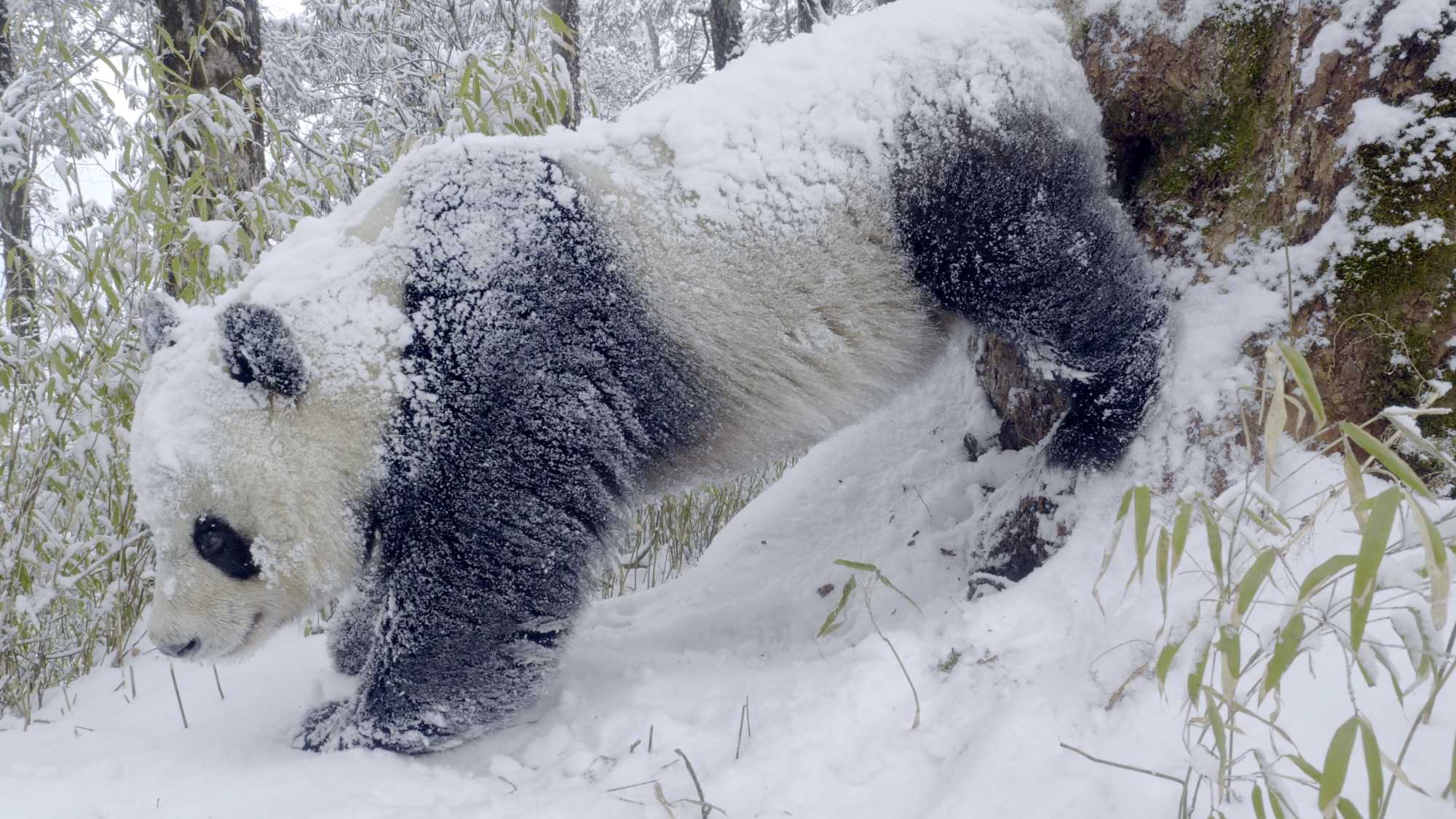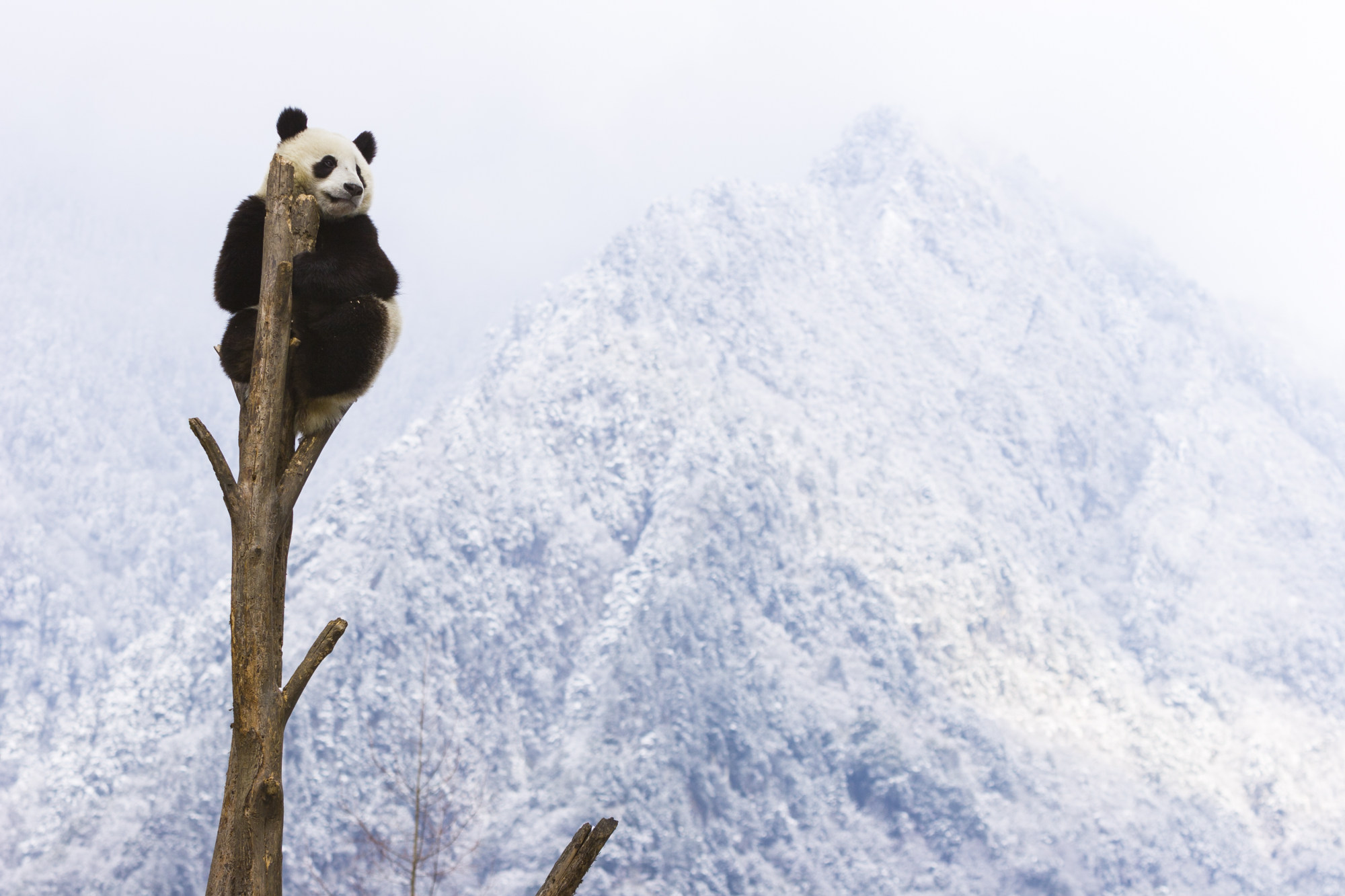
New BBC documentary Frozen Planet II paints a beautiful portrait of the Earth’s polar regions as it addresses urgent climate change concerns
- The new David Attenborough-led series showcases nature, including killer whales, pandas, Siberian tigers and avalanches, in the world’s frozen regions
- The show has to address more imminent global warming threats than its 2011 predecessor, but the producer hopes it will inspire change through its beauty
Would a more fitting title have been “Thawing Planet”?
The series Frozen Planet – a portrait of the world’s polar regions from the BBC’s celebrated Natural History Unit – was released in 2011 to universal acclaim. Frozen Planet II may well win as many awards and receive as much recognition, but it arrives having to address concerns far more urgent than they were for its predecessor.
Climate change is no longer a threat, but a fact for all the places visited, making Frozen Planet II a potential requiem for life on our revolving rock. Not that series producer Elizabeth White sees it that way.
Flying is terrible for the environment. Bio-fuels offer a solution
“It’s hard not to make a story that is entirely doom and gloom, and at the beginning of the series I felt depressed at the idea. But what’s amazing when you go out into the scientific community is how much optimism [scientists] have, believing that if people are educated [about global warming] and really know what’s happening they will want to do something about it,” says White during a video call.
This is exactly what has happened with at least one previous BBC natural history venture.

“In some ways that’s what we’re trying to do with Frozen Planet II, [but] first and foremost it’s a beautiful series about the planet’s cold regions. It’s a celebration of life there and an investigation into why and how they are changing.”
That said, shrinking ice fields and encroaching seas unavoidably inform each episode, until in the end, the seriousness of the problem is addressed more directly.
How you can become a climate aware consumer
Three years in the making and sometimes logistically hampered by pandemic-related delays, the series follows animals at home in the Earth’s frigid zones, where the challenge is no longer just finding food or a mate. Be they the hot spring “snow monkey” macaques of Japan, the shy Siberian tiger or the giant panda of western China, they all face the same prognosis.
“The backbone of the series has changed. We’ve been able to tell stories in a more contemporary way than in the first series, and in the final episode we hear from scientists who study the animals on location,” says White.
“And they bring the problem home. We might think a place is remote and things are bad for polar bears and harp seals – melting ice means seal pups are being washed away before they can learn to swim – but what does the loss of Arctic ice mean for us?”

Since the first series, technological leaps have made the previously impossible possible, and in some cases expected by the audience. Have “wow-factor” demands created burdens as well as opportunities for the programme’s makers?
“There’s always a push for the new, but I don’t know how much comes from the audience and how much from the press. Sometimes the audience loves the familiar as much as the new,” says White.
“We look for how technology will unlock a story, which should still be accessible and interesting, entertaining and educational. [Stories] have to tick many boxes, and the latest technology can be incredible for that.”
Hong Kong can aid global warming fight by declaring ‘climate emergency’
Among many belief-defying moments captured in the series are a killer whale “wave wash” attack on a Weddell seal, and an avalanche in the Canadian Rockies, filmed, says White, by sports-photography specialists who usually follow snowboarders.
“Being able to fly alongside an avalanche using a 3D racing drone – that was a whole new experience. Even they’d never tried it!”
Frozen Planet II: available on BBC Earth (Cable TV channel 721; myTV Super 401; Now TV 220)

